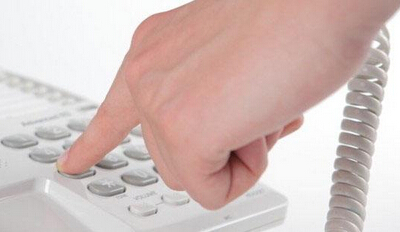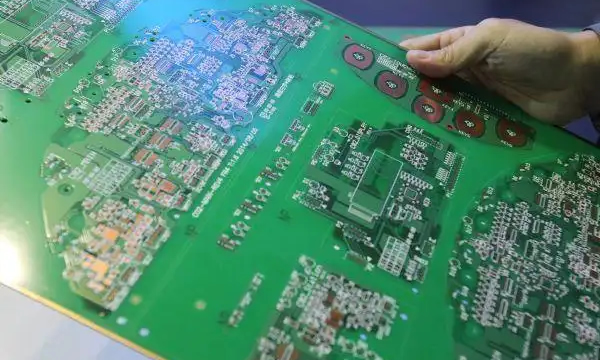
2025-03-27

Traditional printed circuit board(PCB)Composed of non-conductive substrate material (usually glass fiber epoxy resin structure) paired with one or two layers of conductive components (single-sided or double-sided circuit board). Place electronic components on the circuit board and solder them in place, by drilling holes orSTMConnect components. One or both sides of the circuit board can be used to install components.
Due to thesePCBThe physical properties, size of specific circuits or applications may result in the need for large circuit boards, or even the use of multiple circuit boards. This is a significant leap forward in the application of electronic products, as the emergence of technology and manufacturing techniques that allow for the manufacture of multilayer boards has become a major advancement.
multilayerPCBAdvantages of
The use of multi-layer printed circuit boards provides many strategic advantages to circuit board design engineers and product developers:
Space requirements - Create multiple layersPCBMeans significant space savings within products utilizing this technology. Considering that adding layers will only slightly increase the thickness of the resulting circuit board (depending on the number of layers), its advantages are quite significant compared to larger single-sided or double-sided circuit boards. This is crucial for modern electronic devices.
weight - As with spatial efficiency, combining multi-layer components into a single-layer multi-layer card can provide circuit functionality that is lighter than existing technologies. Consider the advantages of using it for personal electronic products, laptops, and flat screen TVs.
reliability - The construction of multi-layer boards helps to achieve high levels of reliability and consistent performance.
 Tel:
Tel:
 Fax:
Fax:
 Address:
Address:
 Mobile:
Mobile:
 Address:
Address: